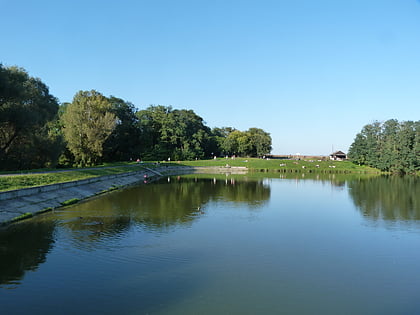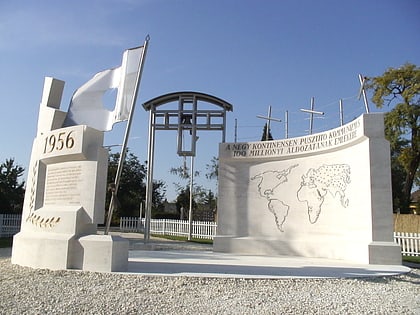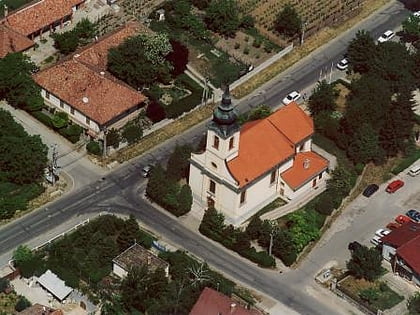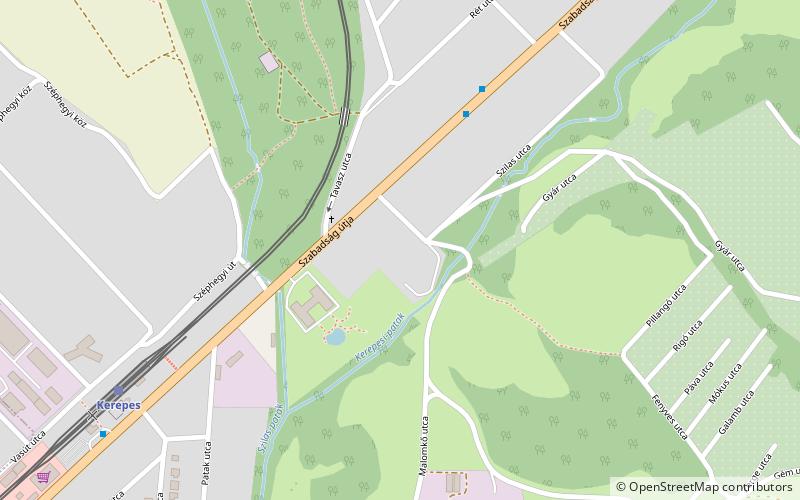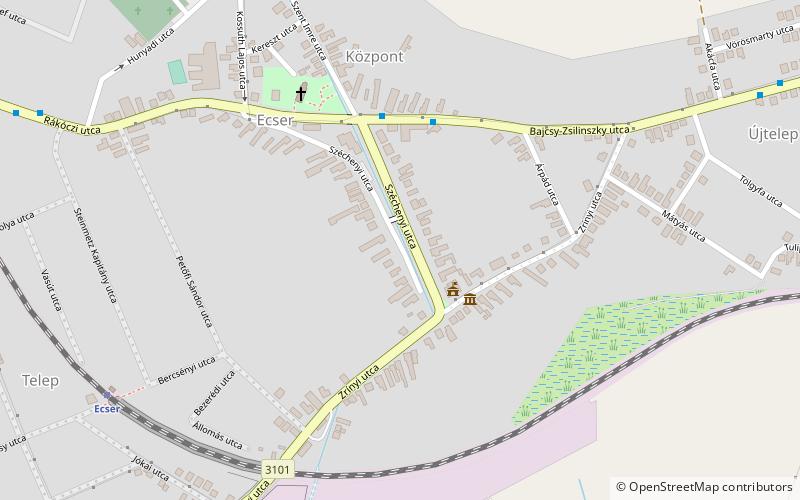Ráday-kastély
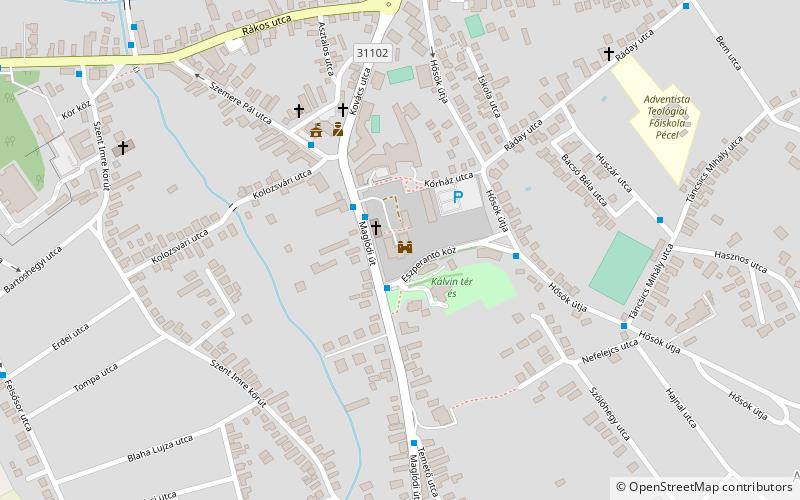
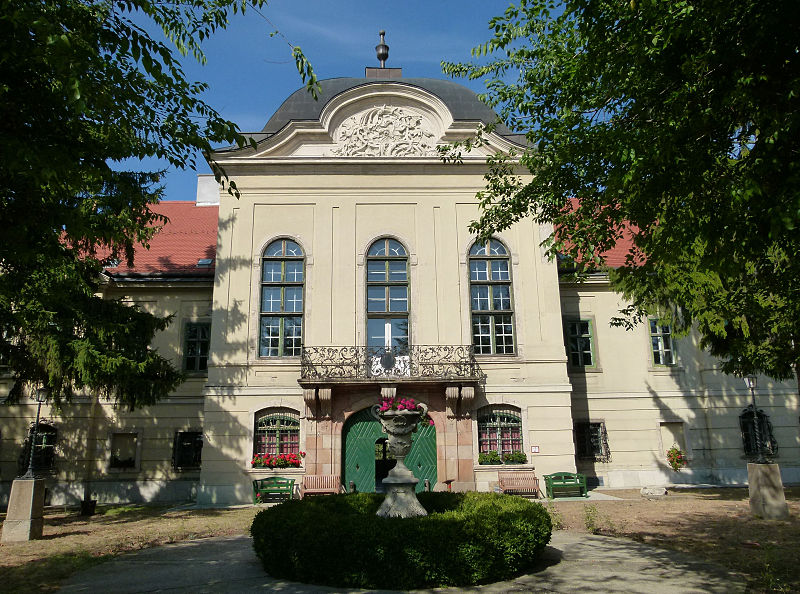
Facts and practical information
The Ráday Castle is located in Pécel, Pest county.
The castle was built by Pál Ráday, a diplomat of Ferenc Rákóczi II, and his son Gedeon Ráday. Pál Ráday, having acquired the estate of Pécs from his wife Klára Kajali, had the mansion built between 1722 and 1730, which is the foundation of the present-day castle. Between 1755 and 1766, his son had this building extended into a Baroque-style mansion. The entire castle with its outbuildings was completed by 1770. The reconstruction was carried out by András Mayerhoffer, the builder of the Grassalkovich Castle in Gödöllő, and his son János. The fine stone carvings on the façade and columns were made by Antonio Conti between 1764 and 1765. The carpentry and the fine inlaid floors were made by András Cancini, a carpenter from Banská Bystrica, in 1762.
The choice of the mural paintings and the painting solution of the banqueting hall show the ideas of Gedeon Ráday. The walls of the room are decorated with enlarged black-and-white etchings by the Paris-born engraver and etcher Bernard Picart and by Philipp Gunst, who selected the etchings from the Ráday collection and painted them on the walls. The wall paintings, executed in 1766 after etching models, depict Ovid's Metamorphoses in 15 scenes, under which Gedeon Ráday has written lines of verse and inscriptions according to the spelling rules of the time. The ceiling is decorated with a picture of Phaeton. The ceiling of the Banqueting Hall was not restored after it was demolished by fire in 1825.
The royal bedroom takes its name from the fact that 34 portraits of 18th-century members of the Habsburg dynasty once hung on its walls The corner room, also known as the royal salon, contains allegories of architecture, painting and sculpture, and medicine.
The guest room, where Kazinczy once stayed, is also known as the Hercules Room, as its wall paintings depict twelve scenes from the life of Hercules.
On 30 March 1825, the castle burnt down, the dome collapsed, some of the paintings in the hall below were destroyed and the collection of paintings was destroyed. Due to the family's financial problems, it was publicly auctioned on 30 December 1872. At that time, the Kelecsényi family became the property of Rafael Kelecsényi of Kelcsényi and Hrabo. The new owner did not take much care of the castle, so its condition deteriorated steadily and its original furniture, collection of paintings and medals were scattered. Throughout his life, Gedeon Ráday was engaged in the systematic enrichment of the family library and the promotion of Hungarian literary and artistic life. He collected some 12,000 volumes, representing the most outstanding works of the various disciplines, the classical foundations and the literature of the French Enlightenment. Under the terms of his will, the library could not be dismantled but could only be sold as a whole. Therefore, the library and the library equipment were purchased by the Reformed Church District of the Danube Region in 1861 and preserved intact as a protected collection. After the Second World War, it was renovated between 1953 and 1956 on the recommendation of László Farkas, the chief physician, according to the plans of Antal Thomas, and then served as a branch of the MÁV hospital until 1997. The castle is now owned by the Treasury and the restoration of the building and the historic garden is underway.
Kalvin ter 1.Pecel 2119 Pest
Ráday-kastély – popular in the area (distance from the attraction)
Nearby attractions include: Naplás-tó, Gloria Victis Memorial, Csömör, Rákoskert.

